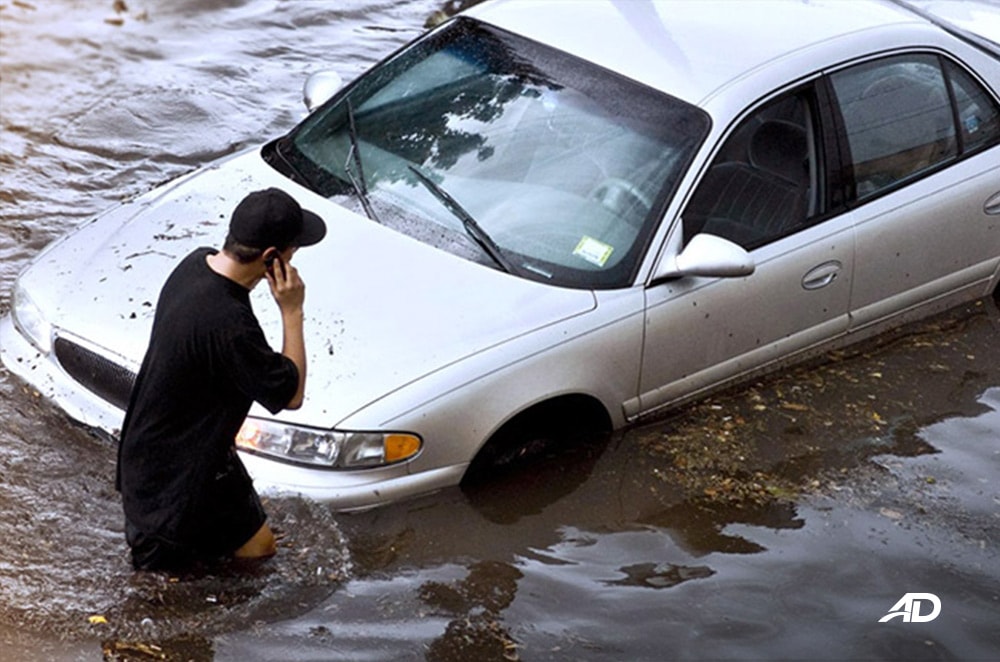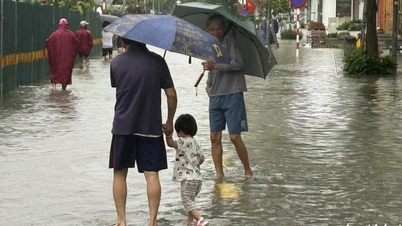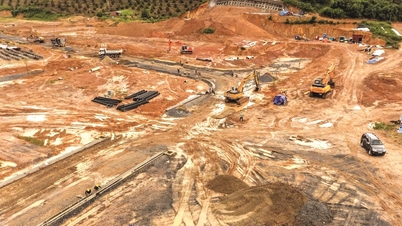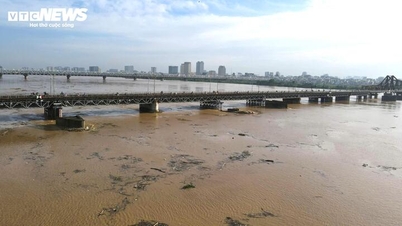When a car is flooded, whether partially or completely, the owner often falls into a state of extreme anxiety because the damage can be enormous. Water can penetrate the engine, transmission, electronic systems and even the interior, causing repair costs to skyrocket, even risking total damage to the car.

However, if handled quickly and properly, the extent of damage can be significantly limited. The article below will provide the necessary steps that drivers should take immediately when their vehicle is in a flooded situation.
Ensure your safety
In a car flooded situation, the first priority is always to ensure your safety instead of rushing to worry about the car. You should absolutely not risk wading into knee-deep water to approach the car, because the risk of slipping or being injured is very high. Even a strong current that is only ankle-deep is strong enough to make you lose your balance.
Therefore, avoid putting yourself in a dangerous situation, wait patiently until the water level recedes or there is support from rescue forces before approaching the vehicle.
Avoid causing further damage
One of the biggest mistakes you can make when your car is flooded is trying to restart the engine. If water has entered the cylinders, starting the engine can cause serious mechanical damage, leading to huge repair costs.
Instead, car owners should open the hood and disconnect the 12V battery, using dry gloves to reduce the risk of electrical short circuits and protect the very sensitive electronic system. In the case of hybrid or electric vehicles (EV), the level of danger is even higher due to the high voltage system involved. In case the battery is flooded, absolutely do not handle it yourself because of the risk of explosion, especially when exposed to salt water.
Assess the extent of damage
To assess the extent of damage after a car has been flooded, observing traces of standing water is an important first step. Car owners should carefully check both the exterior and interior, from the luggage compartment, taillights, headlights to the engine compartment after disconnecting the battery to ensure safety. Standing water on the surface of the seats, door panels or floor mats can help determine the actual level of flooding.
In particular, with modern car models, if water stains appear in the center console area, where many sophisticated electronic components are concentrated, the risk of total damage to the car is very high, meaning the cost of repair or replacement is large, even exceeding the remaining value of the car.
Keep all evidence
One of the important steps after a car is flooded is to fully document the situation as a basis for an insurance claim. Car owners should take detailed photos or videos of the entire vehicle, especially the location and level of the water, from many different angles to accurately reflect the extent of the damage.
Using a smartphone with a date and time display function will help keep records transparent and avoid future disputes. In addition, it is necessary to make a specific list of affected items, from the interior, electronic systems to the engine, to provide to the insurance company and repair shop, ensuring that the car owner's interests are protected to the maximum.
Contact your insurance company
After a car is flooded, contacting the insurance company immediately is a step that cannot be delayed if you want to ensure your rights. Car owners should proactively review the contract to understand the scope of payment, because not all insurance packages include damage caused by floods.
During the process, it is necessary to keep full copies of all communications, papers and documents related to the compensation file to avoid future disputes. At the same time, it is advisable to request a professional assessment from the insurance company or a reputable service workshop to determine the exact extent of damage to the vehicle, which will serve as a basis for calculating the cost of repair or compensation.
In short, prevention is always the best solution to limit the risk when the car is at risk of being flooded. Car owners should regularly check and maintain the seals and gaskets to ensure waterproofing ability, avoiding water from entering the interior compartment or engine.
If you live in a flood-prone area, comprehensive insurance is a necessary investment to minimize the financial burden when an incident occurs. In the event of a flood warning from the meteorological agency or local authorities, proactively move your vehicle to higher ground, a multi-storey car park or put it on a car lift.
In particular, when driving in heavy rain, it is absolutely necessary to avoid going through deeply flooded areas and follow safety recommendations to protect lives./.
Source: https://baonghean.vn/phai-lam-gi-neu-xe-o-to-bi-ngap-nuoc-10307482.html





![[Photo] President of the Cuban National Assembly visits President Ho Chi Minh's Mausoleum](https://vphoto.vietnam.vn/thumb/1200x675/vietnam/resource/IMAGE/2025/10/1/39f1142310fc4dae9e3de4fcc9ac2ed0)

![[Photo] Keep your warehouse safe in all situations](https://vphoto.vietnam.vn/thumb/1200x675/vietnam/resource/IMAGE/2025/10/1/3eb4eceafe68497989865e7faa4e4d0e)





























![[Photo] Hanoi morning of October 1: Prolonged flooding, people wade to work](https://vphoto.vietnam.vn/thumb/1200x675/vietnam/resource/IMAGE/2025/10/1/189be28938e3493fa26b2938efa2059e)





























































Comment (0)